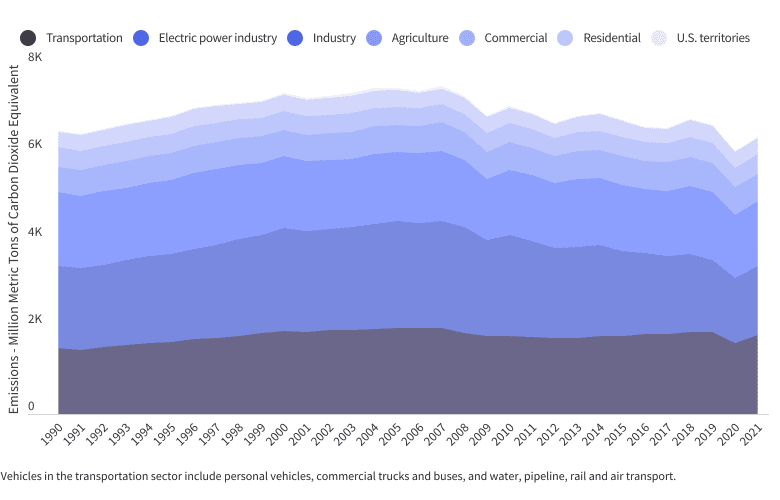Vehicles significantly impact the environment. According to the United States Environmental Protection Agency (EPA), 29% of the total greenhouse gas emissions in the country in 2021 were from transportation activities. These emissions contribute to environmental degradation — specifically air pollution, climate change and global warming — and impact your health and finances.
The financial impacts may be direct or indirect, from your bills — including food, utilities, gas, health costs and insurance — to possible loss of income or home due to extreme weather events. As we face different challenges brought about by climate change, making more responsible choices is necessary, especially concerning vehicle usage.
Understanding how driving habits contribute to global warming, as well as the auto insurance perks of going green with environmentally-friendly vehicles, is a good start. Although more significant action from government and companies is needed, these individual actions could still make a big difference.










